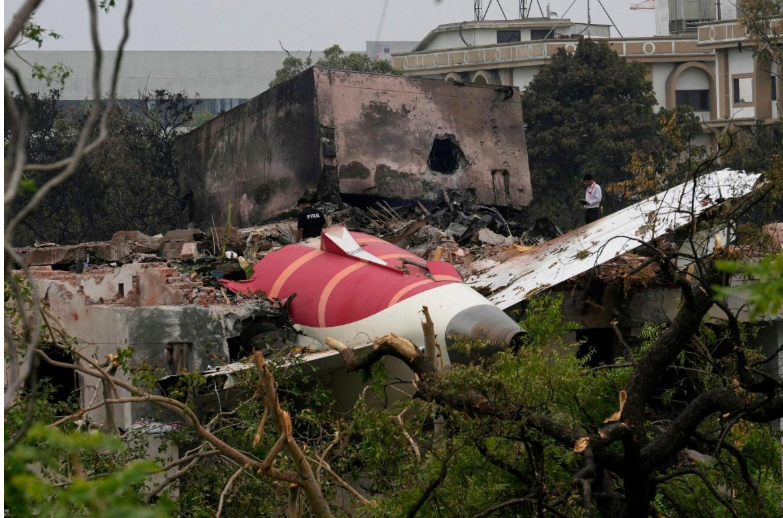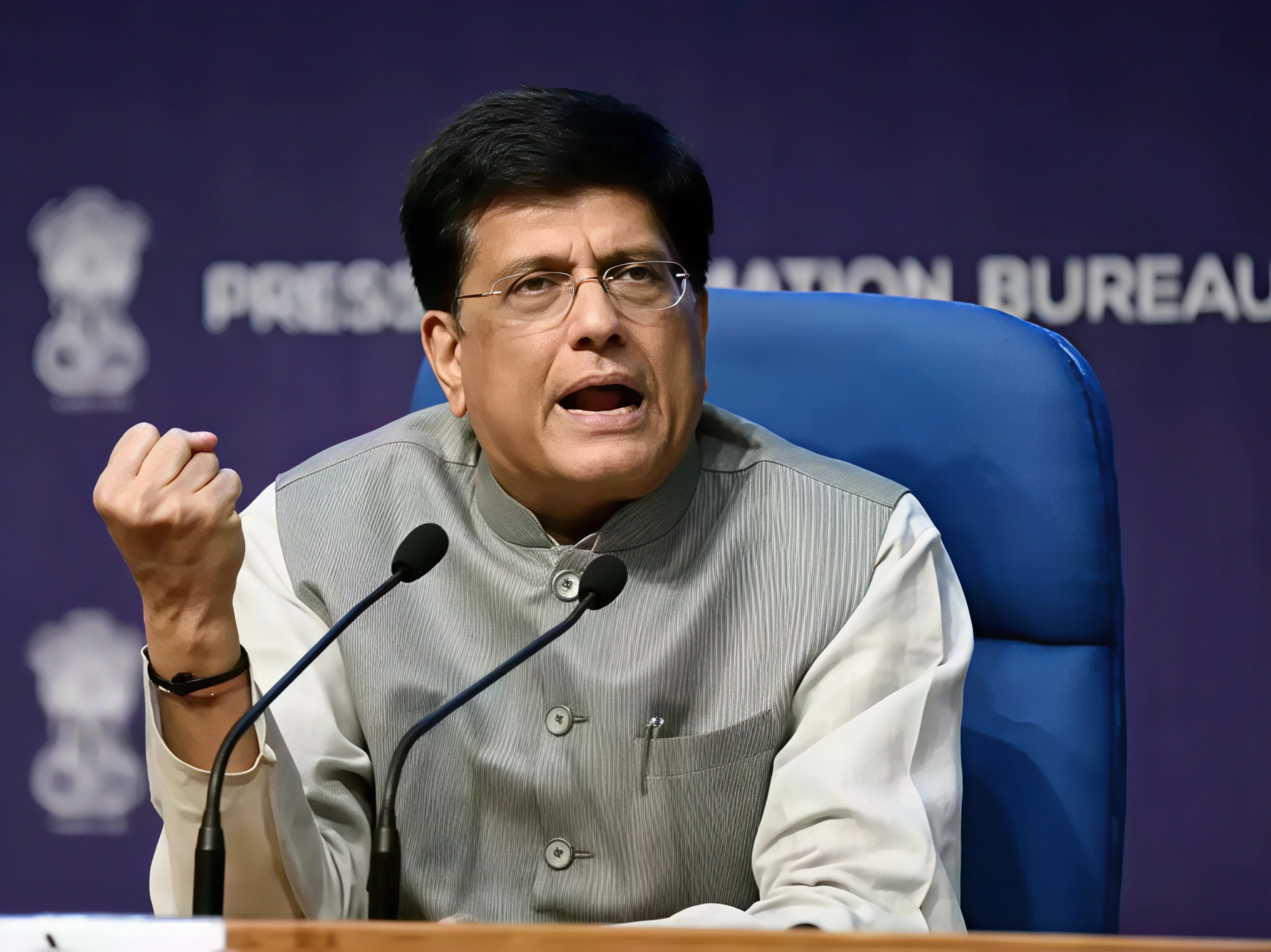Aviation experts are puzzled after the initial findings from the Aircraft Accident Investigation Bureau’s probe into the June 12 Air India crash pointed to a shocking sequence of events. Both engines of the aircraft lost power within moments of takeoff, not due to a mechanical fault in the engines themselves, but because the fuel supply to them was suddenly and inexplicably cut off. The source of this critical shutdown is still under investigation.

According to the report, both engines were switched from the ‘Run’ to the ‘Cutoff’ position using fuel control switches, one after the other, during the crucial takeoff phase. Just moments later, both engines stopped, prompting confusion inside the cockpit. The cockpit voice recorder picked up one pilot asking, “Why did he cut off?” The other pilot responded that he had not done so.
Efforts were made to restore power as the switch for one engine was flipped back to ‘Run.’ While the engines did relight, they failed to regain speed or power, leaving the aircraft unable to continue flight safely.
Veteran pilot and aviation safety expert Amit Singh remarked that this kind of fuel shutdown is not something that can happen on its own. The design of the system prevents accidental movement of the switches. This has triggered debate on whether human error or a technical fault caused the malfunction.

Adding another layer of concern, the report refers to a 2018 bulletin from the US Federal Aviation Administration that warned of potential issues with the locking mechanism on fuel control switches in certain aircraft models. This bulletin, now being reexamined, suggests that such a fault may have existed for years without resolution.
Aviation consultant Mark Martin said the fact that both switches moved to the ‘Cutoff’ position at takeoff is deeply troubling and highly abnormal. According to him, no trained pilot would reach for these switches during takeoff since their focus is entirely on instruments placed directly in front of them, not the console where fuel switches are located.
Legal experts are also getting involved. International aviation lawyer James Healy Pratt called the inclusion of the 2018 FAA bulletin a major red flag. He confirmed that families of the victims are now preparing legal action against both Air India and Boeing. Lawsuits are expected to be filed in US courts against the aircraft manufacturer, while separate proceedings will be launched in the High Court in London.
This crash has reignited concerns about the safety of Boeing 787 aircraft. While the engines themselves did not fail mechanically, the sudden cutoff of fuel at the worst possible moment raises questions about aircraft design, pilot procedure, and airline oversight.
As the investigation continues, more data and records are being collected to determine exactly how this tragic malfunction occurred. Families, regulators, and aviation bodies around the world are watching closely. What is clear for now is that answers are urgently needed, and accountability will be demanded by all those affected.
For more aviation updates and global travel stories, follow Travel Moves on Instagram and Facebook.









